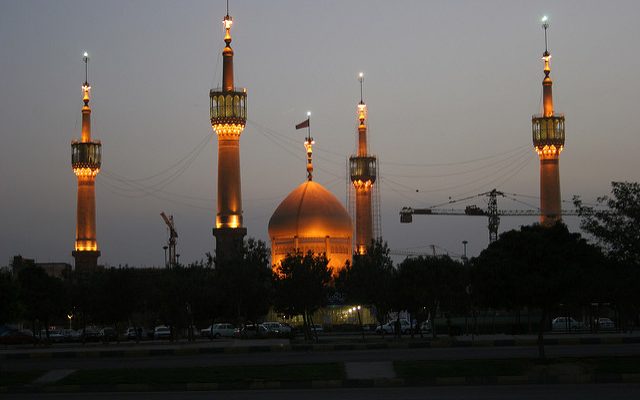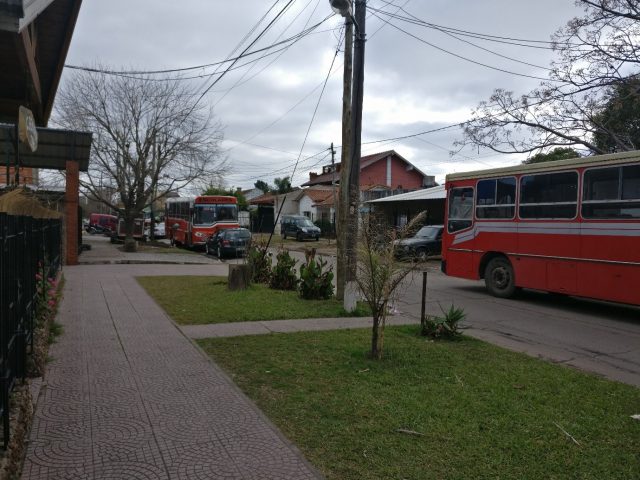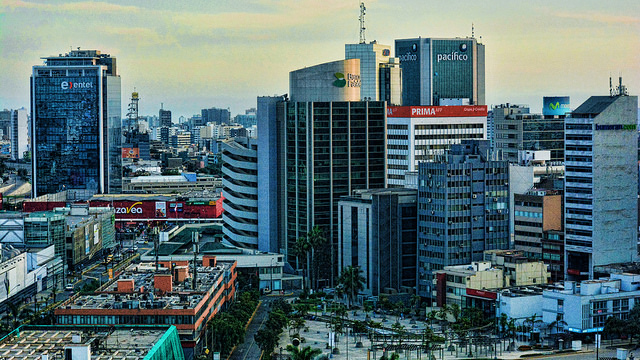At first sight, the two metropoles compared in this essay possess contrasting, almost opposite, genius loci (‘spirit of place’). Amsterdam, being a port city with a historic connection to the North Sea is allegoric to the continuous and open flows of water, allowing its inhabitants to endlessly expand into the wide world. This natural accessibility has resulted in the open character that defines the city until today and which is exemplified by the ethnic diversity of its inhabitants. Tehran, on the other hand, originated out of a small settlement in the desert near the Alborz Mountains and is organised by a vast social order, seemingly as solid as the city’s surrounding ground. Yet, over the course of time and through the lenses of diverse scholarly approaches, one could manage to find a number of similarities between Amsterdam and Tehran as well, instead of automatically labelling them as being completely contradictory. All these more or less analogical processes developed a comparable environment found in both cities today – a similar genius loci, which is defined through the citizens’ struggle of their right to the city in a steady interplay with the powerful impacts of globalisation upon their urban fabric. This essay aims to search for this coherence, and thus explores the possibilities of comparing two apparent opposites.
The City’s relation to its birthplace
From the very beginning, the city structure of Tehran was necessarily adapted to the region’s harsh climatic conditions, in order to create a viable settlement that managed to be prosperous since the late 9th century. The remarkable form of Iranian cities in general is often branded by the subjective concept of an Islamic city seemingly designed only on the basis of Muslim requirements. In his book ‘Iranian cities’ (1991) Masoud Kheirabadi counters that Iranian cities also ‘resemble natural forms that have evolved over millennia in response to place and climate’. In other words, the environmental factors of the Iranian Plateau have shaped the form of the city alongside the moral requests of the Quran. Introvert courtyard houses, small alleys and only a few public squares therefore are characteristics that have resulted both from the physical adaptation to the harsh climatic conditions, as well as from the spatial needs of an orthodox Muslim life. Consequently, a traditional Iranian city, such as Tehran (was), expresses itself through‘the great harmony between its structural design and the natural environment’ in a ‘responsiveness to the Islamic-Iranian culture’.
Contrary to this is the small fishing village of Amstelredam, which was established in the 13th century in a very different environment, and in an even more inextricable relation with its physical geographical context. By creating a dam in the river Amstel, its founders saw the chance to settle and to subsequently profit from this new artificially built urban land. Unlike what happened in Persia, where people tried to adapt their settlement to the existing landscape and climate, the settlers in Holland adapted the given landscape according to their own preferences and conditions. In order to create a liveable situation in the first place, the Amsterdammers had to find solutions of how to deal with the pre-existing physical circumstances and the strong effects of nature, such as the continuous flood risk vulnerability of the site. Later on, as a result of these land transmogrifying costly measures the small fishermen’s village managed to evolve into a trading point called Amsterdam.
Eventually, the two considered cities, Tehran and Amsterdam, dissimilarly but successfully evolved into the metropoles they are today by creatively creating a viable settlement within their geographical environment as the first step of the city’s development.
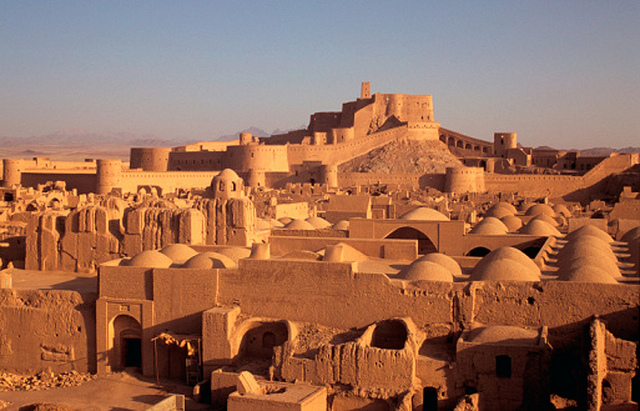
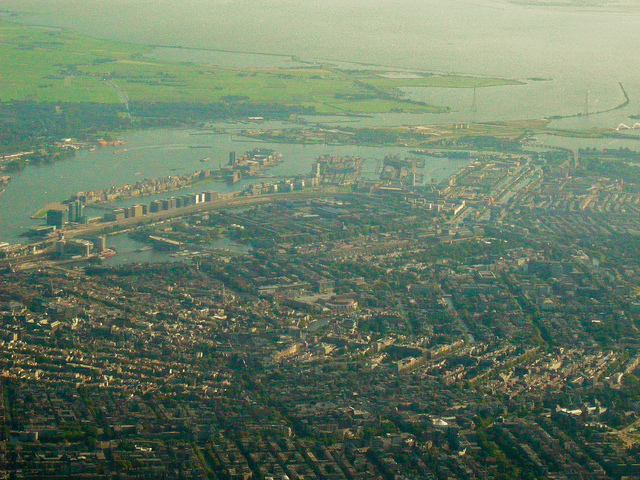
The Entering Of The Global Stage
Adapting to their geographical parameters was not the only reason for the survival of these cities in their early stages. There had to be another reason for the resilience of a small town in the harsh Iranian desert. An important reason for the durability of Tehran has been its location in economic terms: a front row seat at the commercial masterpiece of the ancient times, the famous Silk Road. This second geographic circumstance influenced the city’s layout just as much and expresses itself by the souk that forms the central spine of the urban fabric. All streets, in terms of their publicness and proportionality, are influenced by its connection to the main bazaar which originally has been placed near the trade route, and therefore it became a strong tool of path-dependent urban design.
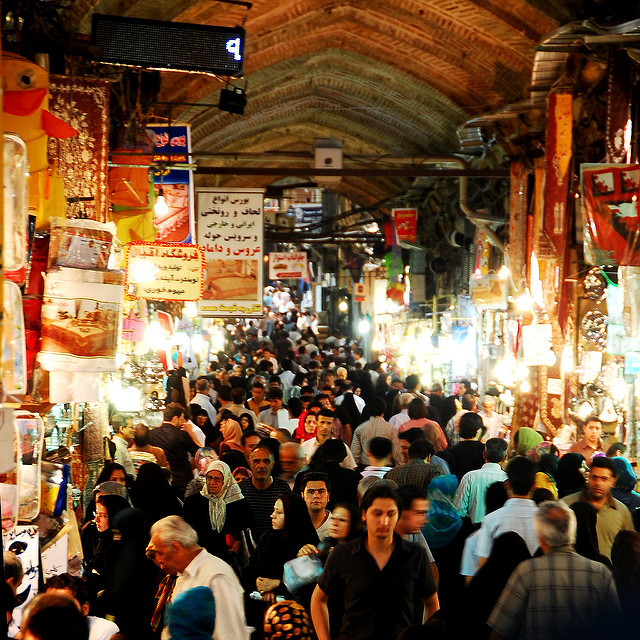
The small fishermen’s village of Amstelredam started to profit from its vicinity to the sea and the river Amstel soon after its establishment. The settlement obtained a favourable position in existing trade networks such as the Hanseatic League and consequently the economic prosperity that the city attracted from the sixteenth century onwards was visibly imposed upon the urban fabric. Being situated at the edge of the European mainland, Amsterdam had an excellent location in terms of commercial trading interests. This new occupation led to drastic adjustments of the city in order to become even more efficient. The result of the city’s modification is the famous Grachten-system, which in regard to the enlargement of the city in the 17th century was constructed on basis of the old plots of the agricultural land patterns. Alongside its purpose as a complex water management system of the city, it also functionally served the logistics of the maritime trade business in the form of waterways.
By being central nodes in popular trade routes and networks at a certain point in time, both cities prominently entered the global stage and thus became a part of global economic competition up until today. This integration certainly provided both cities with prosperity, but also with far-reaching functional changes to the urban fabric, regarding both its physical form and social stratification.
Survival Of The Fittest In A Globalised World
In recent years, the global inter-urban competition has intensified remarkably, which is generally expressed in the ambition to transform urban economies by attracting high-skilled labour and boosting financial and commercial services. The urban economies of the considered cities have significantly changed over time. The silk road has been abandoned for a long time and traditional caravans were replaced by other means of transport and more recently, the trading of goods departed from the city centre towards suburban logistic bases, which allowed service and information based companies to take over the empty space in the city centre. Those new occupations for the central inner-city enormously changed the look and atmosphere of the urban fabric of Amsterdam. Tehran still largely relies on the country’s rich natural resources and predominantly by the continuous global demand for oil. Amsterdam has gradually developed a service and information based economy and the central positionality in traditional trading networks has allowed the city to stay connected globally.
Tehran has likewise attempted to maintain a strong position in the contemporary inter-urban competition by embracing entrepreneurial urban policies. The most extreme and ambitious economic plan came from the royal autocrat Mohammad Reza Shah, who was leading the country along with his father from 1925-1979. The Reza Regime transformed Tehran from a walled city with 200.000 inhabitants into a metropolis of 5 million citizens and changed the country’s weak agriculture-based economy into a natural resource-based growing market-economy (Arefian and Moeini, 2016, p.104). During the modernisation of the country, which was facilitated by the newly discovered – and fuelled by British and American interests- oil business, the Shah invested a lot of money into the education sector of Iran, but also visibly fostered his own fortune. The outcome of this rapid modernisation of the country that was based on a rather uniform economy was an over-supply of highly-educated young Iranians that could not find jobs in their fields and hence remained largely unemployed. In the late 1970s this left-out section of the community began to protest and after a violent put down by the regime, the following revolts and finally the utter chaos that emerged enabled the conservative fundamentalist politician Ruhollah Khomeini to take control. This event later became known as the Islamic Revolution of 1979. In this context, the Islamic Revolution is as Islamic as the Islamic city – only partly influenced by religion.
In contrast, the open and liberal response to globalisation performed by Amsterdam within a relatively social democratic welfare state regime has contributed to its steady development into an interconnected and global competitive city. In order to maintain that latter position, Amsterdam’s urban policy-makers recently decided to make the city even more suitable regarding the rules of global financial capitalism. The most visible outcome has been the establishment of the Financial mile Zuidas that resembles a unified global business centre in the South of Amsterdam. In the everyday life, some citizens see the touristic imposition of the I Amsterdam-campaign launched in 2004 as the peak of the capitalist spatial-invasion as the diversity, beauty and rich history of the city, its sense of place, is now diminished and merchandised by a fatuitous label primarily addressed towards tourists (De Waard, 2012, p.14). As a result of this criticism and the newly established power of the local Green Party, the exemplary letters on the city’s museum square were recently removed, which can be seen as a symbolic sign proving that some parts of the city have the desire to move into a different ideological direction.
In both cities compared on basis of their contemporary political context, there is a significant imbalance between the top-down authorities and certain movements of bottom-up resistance, which often results out of the negative side effects of globalisation and one-sided entrepreneurial urban management. The top-down force in Tehran is influenced by contextual cultural parameters and expressed by the Supreme Leadership Authority, whereas in Amsterdam, the top-down processes rather are the result of a global economic-oriented interest, at the expense of the city’s local diversity and uniqueness. In Amsterdam, one of the strongest side effects of the city’s economical inter-connectivity is the loss of its local diversity in terms of its citizens. Gentrification processes led to a drastic change of the inner-city’s population and forced many less wealthy residents to leave their long inhabited homes and to move to more affordable areas outside the city, such as Purmerend. The following segregation of the inhabitants has therefore had a strong impact on who is able to enjoy the city and who is excluded. This resulted in a broad bottom-up resistance, mainly found in the cultural sector in the form of counter-campaigns such as Ai! Amsterdam with the aim of preserving the city’s local identity. The city life in Tehran is based on religious morality with an enormous imbalance between the supervising authoritarian clerical guards and the suppressed resistance in form of marginalised individuals. These unequal power-relations are embodied spatially by opulent building projects mostly with ideological connotations such as for example the Mausoleum of Ruhollah Khomeini or by the lack of public spaces in modern Tehran, where minorities or protesters could have a chance to express themselves (Arefian and Moeini, 2018, p.83 ff.).
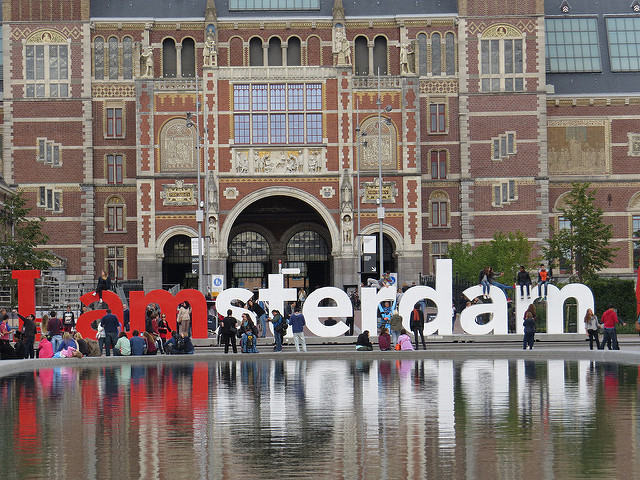
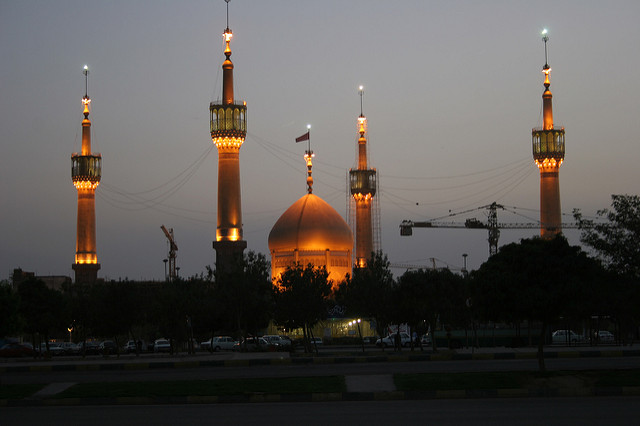
In the Fight Over The Right Of The City
In conclusion, one could argue that there are some unexpected similarities between both cities, even though their visible appearance could hardly be more opposing. Both cities were spatially shaped by their physical context as well as through their global connectivity in various ways and times. Today, Amsterdam and Tehran both face strong tensions between the city’s authorities and some segments of the population. Albeit in different ways, policy makers in both cities are currently driven by global or local ambitions, which tend to result in unequal chances in the socio-spatial fight over the right of the city (Arefian and Moeini, 2018, p.83). The next evolutionary challenge for both cities therefore might be to create a more inclusive and socially just environment for everyone, always in relation and reaction to the city’s global integrity and with the aim to bring the impacts of globalisation into harmony with the local needs.

